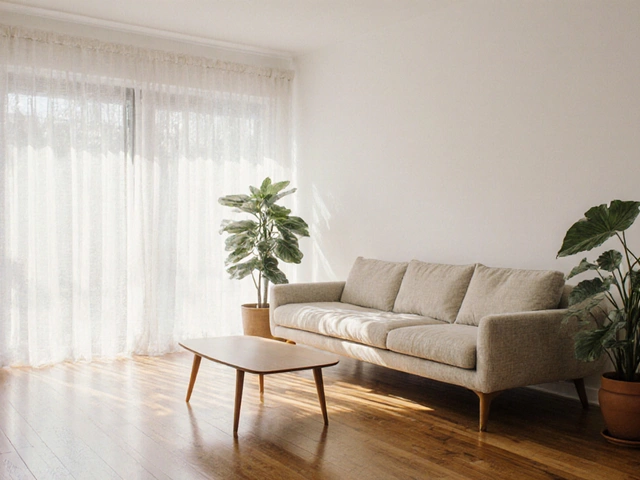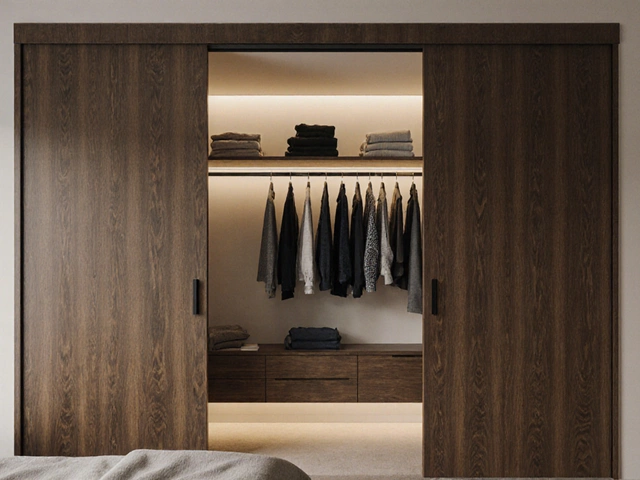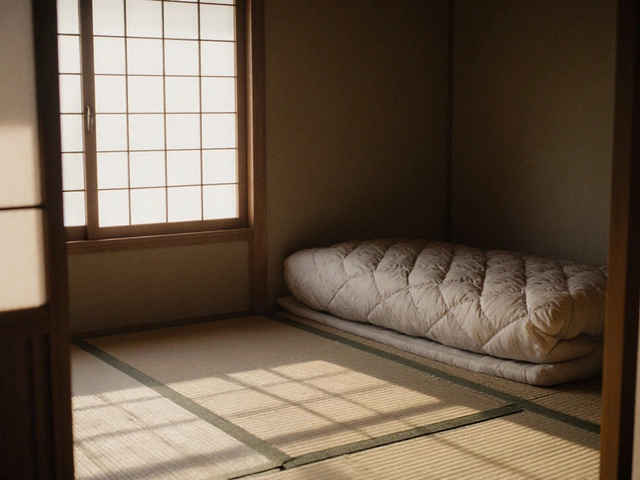Furniture Buying: Smart Tips, Trends & What to Look For
Thinking about new furniture? Whether you’re refreshing a bedroom, sprucing up the patio, or replacing a tired sofa, the right buy can save cash and stress. Below are straight‑forward tips that help you decide what fits your space, budget and lifestyle.
What to Consider Before You Buy
Start with the basics – measure the room. A quick tape‑measure check stops you from getting a piece that won’t fit or blocks traffic flow. Write down width, depth and height for each major item and compare it to the floor plan.
Set a realistic budget and split it into "must‑have" items (like a sturdy bedroom wardrobe) and "nice‑to‑have" extras (such as a high‑end patio set). Knowing where to splurge versus where to save keeps the shopping trip focused.
Material matters. For outdoor furniture, aluminium, teak or powder‑coated steel resist weather better than cheap metal that rusts. Inside, solid wood outlasts particle board, especially for heavy‑use pieces like sofas or dressers.
Comfort and ergonomics win the day. Sit on a sofa or test an office chair before you buy – your back will thank you later. If you’re buying a bed, check mattress support and make sure the frame feels solid.
Think about maintenance. Leather needs conditioning, upholstered pieces may need occasional vacuuming, and wood finishes benefit from periodic polishing. Choose finishes that match the amount of care you’re willing to give.
Resale value is a hidden cost. Classic designs, neutral colours and high‑quality materials hold their price better if you ever need to sell or upgrade.
Top Trends Shaping Furniture Purchases in 2025
People are buying less overall, but they’re spending more on pieces that last. That means quality over quantity – think a well‑crafted wardrobe that can be re‑finished later, or a modular sofa that can be rearranged as your needs change.
Eco‑friendly options are booming. Reclaimed wood, low‑VOC finishes and recycled metal are now mainstream. Picking these not only cuts your carbon footprint but often adds a unique story to your home.
Multi‑functional furniture is still a winner. A sofa bed with a memory‑foam mattress, a coffee table with hidden storage, or an office chair that doubles as a lounge seat gives extra value without clutter.
Customization is big. Many retailers now let you pick fabric, leg finish and colour on the spot, so the final piece matches your décor exactly. This reduces the need for later re‑upholstering or repainting.
Colour trends are shifting toward soothing, nature‑inspired hues – muted greens, warm beiges and soft blues dominate bedrooms and living rooms. Pair a neutral sofa with a bold accent cushion for an easy update.
Tech integration is creeping in. Some modern bedroom wardrobes come with LED lighting and smart mirrors, while outdoor sets now feature weather‑sensor covers that tighten automatically when it rains.
Online buying continues to grow, but the best shoppers still visit showrooms to feel the build quality. Use virtual tools for size planning, then confirm comfort in‑person before finalising.
Take these ideas to the next step: make a checklist, compare at least three suppliers, read real‑user reviews, and ask about warranty terms before you sign anything. A little homework now means you’ll enjoy your new furniture for years to come.
Is Buying Furniture Online More Cost-Effective?
In an age where digital transactions reign supreme, the furniture market has also ventured into the online space. The convenience and affordability promised by online retailers make it a tempting alternative to visiting brick-and-mortar stores. This article delves into whether purchasing furniture online is cost-efficient by examining hidden costs, delivery nuances, and customer experiences. Readers will gain insight into striking a balance between online savings and traditional benefits while finding tips to navigate the online furniture marketplace effectively.







